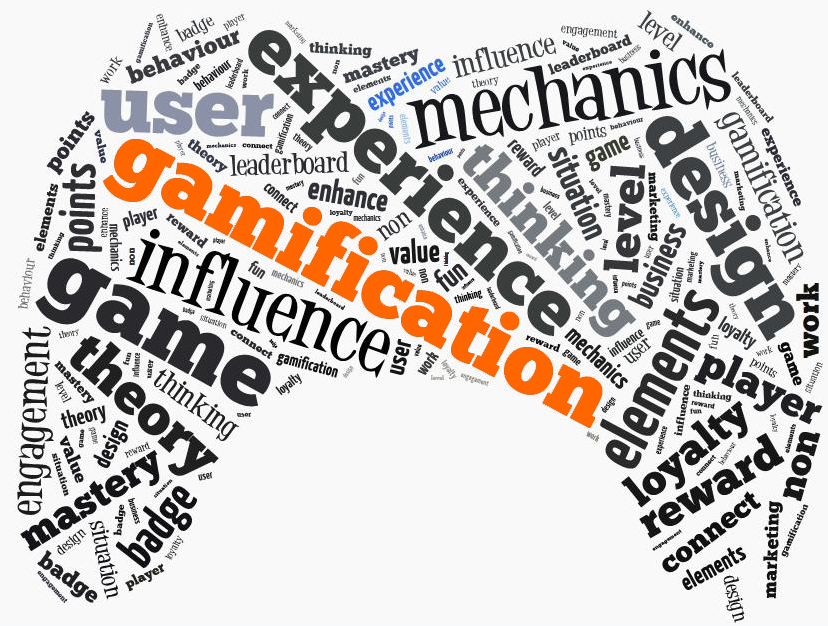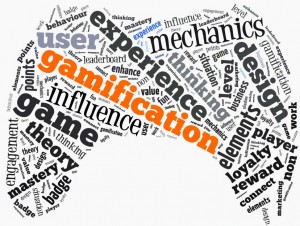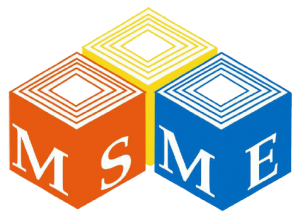One of the biggest problems faced by organizations today is managing Gen Y employees. It is a challenge to work with Gen Y’s short attention span and expectations of a ‘fun’ workplace. TeamLease Indian Labour Report of 2009 estimated that by 2025, 25% of the world’s skilled labor will comprise Indians. This demographic will almost completely be made up of Gen Y. This is where gamification comes as a boon to HR managers.According to Prof. Kevin Werbach of the Wharton School, gamification is the use of game elements and game design techniques in non-game contexts. As we can see from the definition, there are three attributes that make up a gamified approach:
• Game elements which include quests, progression, a competitive social graph, a reward system etc
• Game design which involves engineering as well as an artistic approach
• Non-game contexts which mean having an objective other than success in the game
How Gamification in HR works
The basis of the learning techniques used in gamification is operant conditioning. A stimulus is introduced and is followed by the participant’s behavioral response. This behavior has positive or negative consequences, which in turn influences future behavior.
The learning offered in gamified applications has a high recall value due to the fact that it is generally imparted through an audio-visual medium. Simulation provides for a forgiving environment to learn practical skills. The ‘play’ factor makes this a more engaging learning technique than others. Thus,gamification can be effectively used in on-boarding, compliance and other training programs. Gamification is also an excellent tool to test participants. It can be used to assess how the participants manage time, prioritize and respond to social cues, among other key skills. It makes a promising supplement to the recruitment and performance evaluation processes.
Moreover, gamification would not only aid employee engagement by encouraging participation in wellness programs, voluntary work and cross functional projects but also help the HR to influence the corporate culture in an impactful manner.
The Future of HR Gamification in India
South East Asian nations and Africa are two of the largest markets where the idea of gamification can have a real impact. In India, over the next two decades, the overall economy is expected to boom with a much more greater emphasis on IT, BFSI, manufacturing, infrastructure and mining. In the Indian IT sector, the gamified approach has already been implemented in a number of companies. Accenture trains its employees about its values, policies, ethics with modules interspersed with ‘snake and ladders’ games. Lucky winners are awarded with Google Nexus 4 phones. When it was introduced, the game was a runaway hit and Accenture was able to strike a chord with its employees in an innovative manner. Similarly, KPMG India developed interactive telecommunications education modules to deliver learning with the help of a graphical inter-phase and interactive quizzes. Certifications are awarded in four categories: basic, silver, gold and platinum.
In a country like India, the most important factor for motivation is the reward structure. This might be in the form of financial benefits or peer recognition. Rewards act both as intrinsic and extrinsic forms of motivation among employees. What the IT industry is slowly getting accustomed to should also be adopted by the other industries in India.
Clinical and aviation simulation training have immense scope. Another major use of gamification in India can be in the manufacturing sector and PSUs where more engaging methods of training need to be explored.In order to get a much better understanding of this, we conducted an informal survey at Mahanadi Coalfields Limited. We explained the concept of gamification to workers and asked if they would prefer it to current training methods. Out of the 40 respondents, 36 wanted their training to take place in a gaming environment. We discussed that gamification could be more impactful in communicating safety measures and machine handling techniques. We concluded that a gamified approach could go a long way in training the Indian workforce over the next decade. The employees could be taught a variety of skills and policies in local languages. At the same time, it is necessary to remember that gamification is a supplement to existing models. It cannot replace traditional approaches.
Technology would be a major constraint in bringing gamification to its true potential in India. But the Indian technology revolution of the past 15 years leaves strong reasons to hope. Indian HR managers might also find it difficult to relate ‘play’ with ‘work’. It is a prejudice that Indians are inculcated with since childhood. But as per research giant Gartner, ‘by 2015, 50% of organizations that manage innovations processes will gamify those processes’. India Inc. cannot be far behind. After all, humans are social beings with naturally competitive instincts. We thrive on social recognition and a sense of achievement. Combining that need with an engaging game platform in non-game could prove to be a revolutionary way to manage employees.
Thus Gamification can prove to be a major game changer in the way the industry perceives the various HR functions. Thus we can truly describe Gamification in the words of Michael Wu as ‘Gamification is not a Game’.





4 Comments. Leave new
Good effort
Unique concept
Interesting article.. Nice concept..
good one 🙂